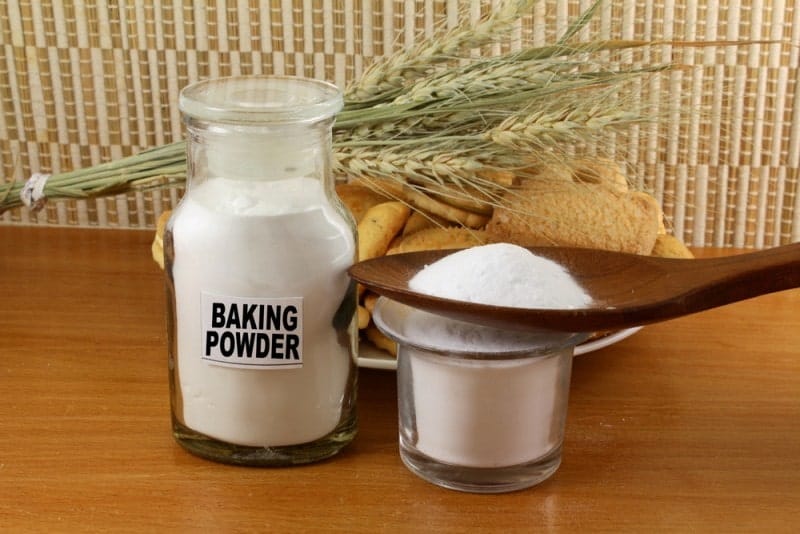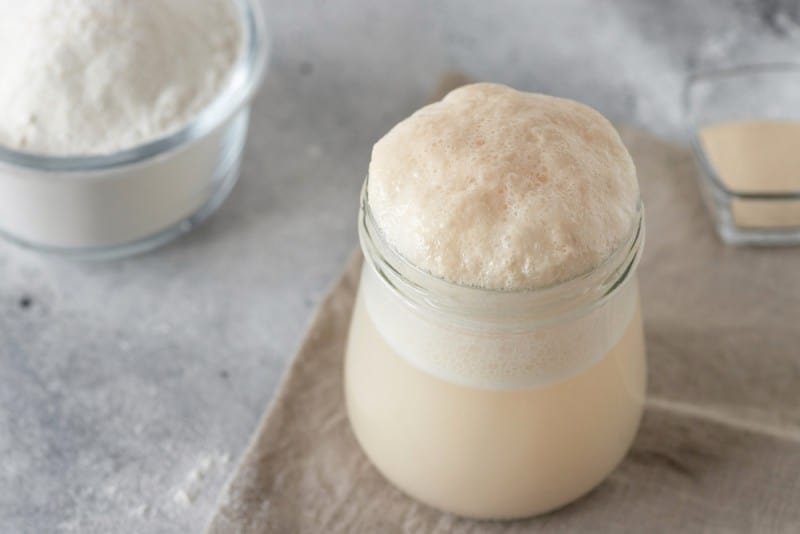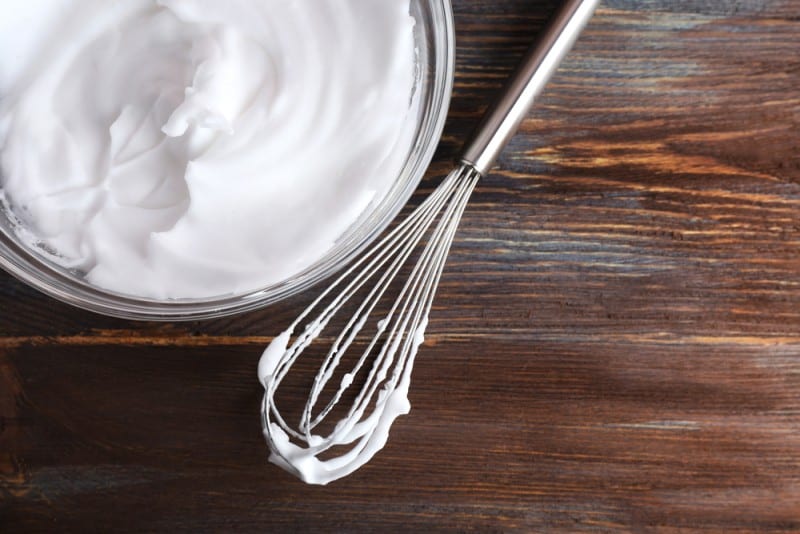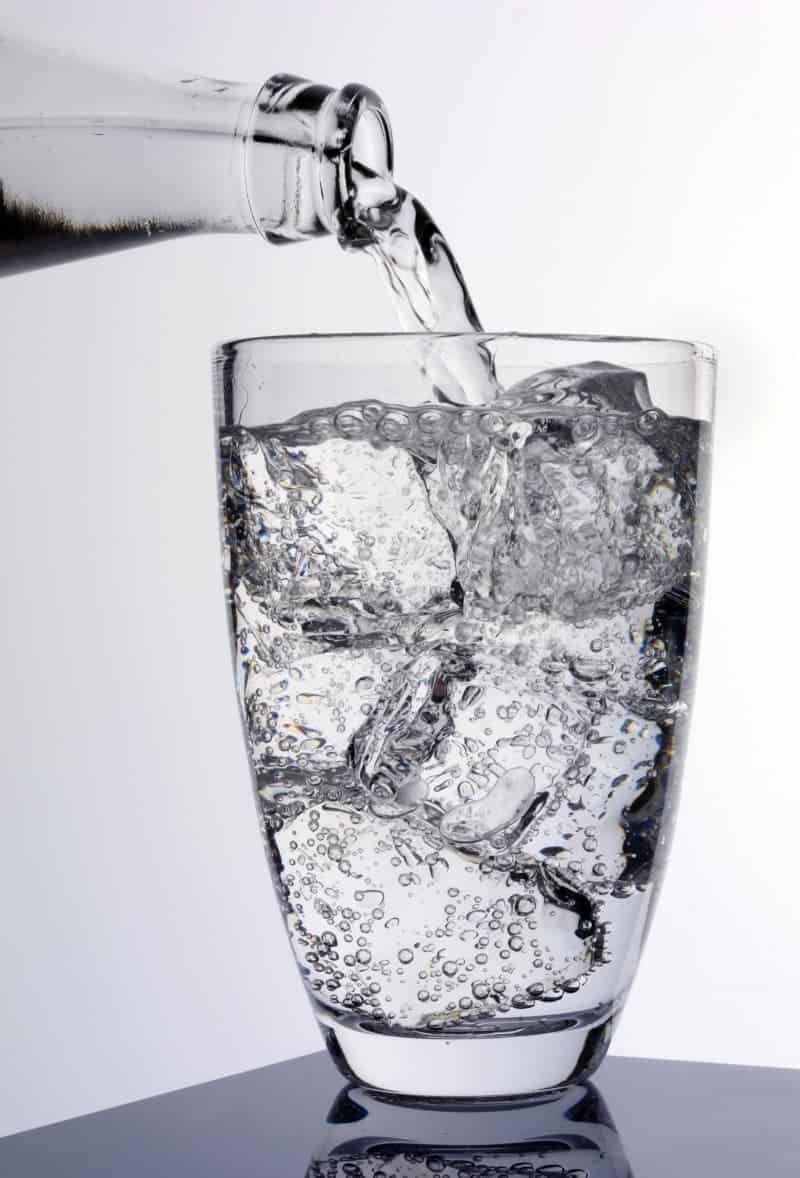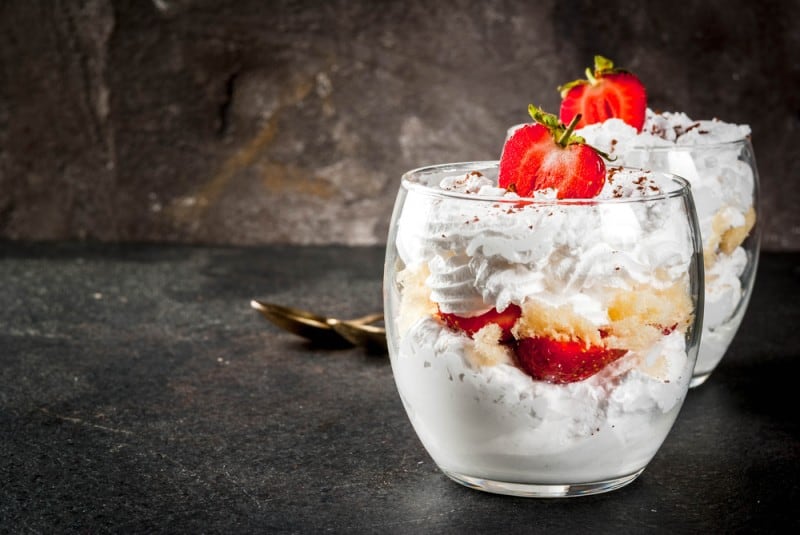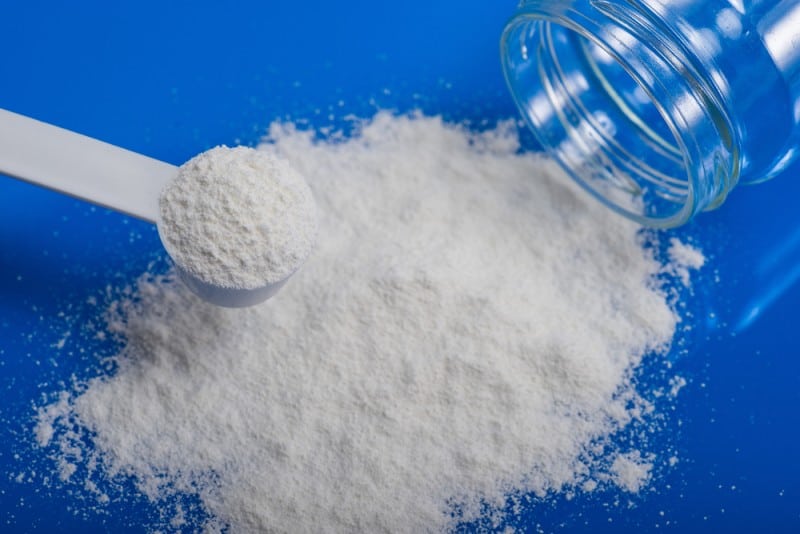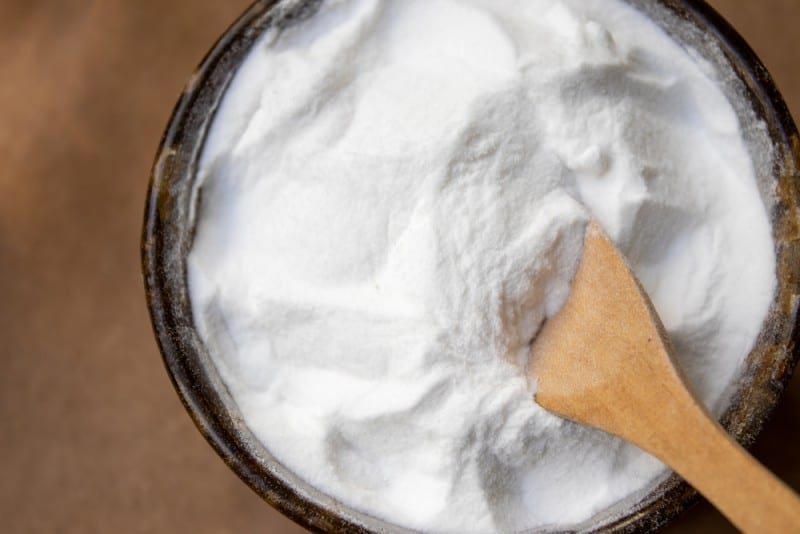Let’s say you just woke up and you are in the mood for baking your family’s favorite cookies. Can you imagine yourself, still in pajamas, going in the kitchen, and starting to look for the ingredients?
It’s a beautiful Sunday morning, and everything seems perfect unless one missing ingredient: baking soda. So suddenly, the cookie dream is crumbling.
Well, what if I told you that you still have the best chance to cook your favorite dessert? Yes, baking soda is a necessary ingredient in any at-home baker, mainly because it makes your goods fluffier and adds a lot of lift.
While many recipes include this growing agent, don’t panic, as there are other techniques to replace baking soda in a pinch. Keep on reading to enrich your baking knowledge.
What Makes Baking Soda Special?
Before jumping to the main baking soda substitutes, let’s first have context. Baking soda is a primary ingredient, one of the most popular growth agents. Furthermore, it is easy to use, whether you are an experienced chef or at the cooking beginnings.
Some of you know it as sodium bicarbonate, so it is mainly used as a leaving or raising agent in many baked goods. [1] Remember how many times you have added baking soda in your cookies, pancakes, as well as in other quick bread recipes?
Once the baking soda is combined with an acidic ingredient, such as lemon juice, or cream of tartar, the result is carbon dioxide gas, which allows everything to rise and expand. The result? A fluffy, soft texture for your goods.
Top 7 Baking Soda Substitutes
When you don’t have baking soda at your fingertips and want to replace it in your cookie recipes, it is essential to keep in mind the type of goodies you want to prepare.
Cookies that need mainly acidic ingredients might not handle another baking agent other than baking soda.
As such, before reading about baking soda substitutes, try to stick to sugar-based, soft doughs. I recommend you cook chocolate-chip cookies using these substitutes or English biscuits that work well without baking soda.
Here is my list of the best baking soda substitutes for cookies and many other fluffy goods.
Baking Powder
If you are usually confused about baking soda with baking powder, you are not alone. These two powders have a similar role: as learners. However, the main distinction between these ingredients is that baking soda, as the same suggests, has soda in it.
Baking soda requires an acid for it to do its job and leaven a batter or a dough. You can use buttermilk, molasses, or just squeeze some lemon in it.
As soon as you make this combination and the baking soda is exposed to liquid and heat, carbon dioxide will form. The result? The baking goods will rise. [2]
How to use it
On the other hand, baking powder has its own acid, so it won’t require anything but water to activate. Compared to baking soda, baking powder produces a more refined texture in many baking recipes.
Tip!
Always follow the original recipe and use a precise quantity of baking powder. Otherwise, your goods will taste chemical.
Personal Opinion
I use baking powder for most delicious sweet recipes, such as muffins, sponge cakes, and cookies. Here is some other inspiration.
Self-Rising Flour
The second substitute for baking soda I would like to recommend is self-rising flour. This is the all-purpose flour’s reactive derivative with baking powder and some salt. [3]
How To Make It
Every cup you want to obtain of self-rising flour should contain about 1 ½ teaspoon of baking powder and then ¼ teaspoon of salt. As such, when you are running out of baking soda, you can try to make this mix and have your own self-rising flours. However, make sure you are doing the maths accordingly, and you have control of these amounts.
Recipes
The best recipes using self-rising flour are mostly bread-dough based. For instance, you can make bread, cinnamon rolls, biscuits, and so on. Find some inspiration here.
Personal Opinion: If you want to know one of my favorite brands, here is one.
Whipped Egg Whites
I bet you have already used these whipped egg whites in your recipes. This is a natural substitute for baking soda due to beaten egg whites’ fluffy structure. The egg’s white part incorporates air into a dough or a batter. So finally, it acts as a leavener. [4]
How To Use
Making whipped egg whites is easy. You just need to separate the egg whites from the egg yolk, then start beating the egg whites until you create a foamy structure. Once this foam has the ideal shape, add it to the batter, then put yolks together and mix them gently.
Pay Attention!
You must be gentle when spinning the egg whites into your dough. This way, you will prevent breaking all those air pockets that are essential in the leaving process.
Recipes
You can use whipped egg whites for pavlova cakes, meringue cookies, or macarons. Find your favorite ones.
Club Soda
A great baking soda substitute is club soda, most precisely the carbon dioxide in it. As such, the bubbly club soda will make your pancakes fluffier and lighter. Furthermore, club soda will work fast due to this simple ingredient’s sparkling magic.
How it works
Baking soda has alkaline compounds that produce carbon dioxide gas once combined with an acid. All those bubbles of carbon dioxide will somehow be sealed in the dough and help it inflate and be fluffy.
Personal Opinion: This one here, is my personal favorite club soda on the market.
Whipped Cream
I bet only some of you have thought about using whipped cream for making their cookies fluffier. As such, do not hesitate to consider this ingredient, as it works as an average compound between soda and egg whites.
How It Works
Whipped cream adds that perfect aeration. However, it might not work as well as baking soda. I would recommend using whipped cream in simple baking recipes, such as pancakes. You can use whipped cream for making cookies unless the leavener is not the main ingredient.
Potassium Bicarbonate and Salt
People use potassium bicarbonate as a dietary supplement. Now you know another secret about this chemical powder. As such, you can replace baking soda with potassium bicarbonate and salt. Moreover, if you want to cut the sodium intake from your daily diet, this is the best way to do so. [5]
How To Use
The best part of potassium bicarbonate and salt is that you can use them as a 1:1 substitute for baking soda. However, due to the lack of salt in potassium bicarbonate, you need to add some. Otherwise, you will notice a change in the taste of your dish.
How Much Salt To Add?
It’s essential to take care of the amount of salt you need to add. However, this depends on each recipe, requiring some time and experience to adjust the salt right. So, for every teaspoon of potassium bicarbonate, add ¼ or ½ teaspoons of salt.
Baker’s Ammonia
The last but an excellent substitute for baking soda is baker’s ammonia or ammonium carbonate. More than the fantastic baking role, ammonia carries a lot of historical background.
During the 13 century, this chemical compound used to be the only leavening agent. Yet, in the last few years, ammonia has been replaced by both baking soda and powder. However, in case you are out of these baking ingredients, use baker’s ammonia.
Recipes
Baker’s ammonia is great for adding crispiness to your baked goods. This little detail is essential for baking crisp cookies or thin crackers. As soon as the baker’s ammonia is combined with acid and heat, it creates carbon dioxide, producing an unpleasant smell.
How To Use
How to replace baking soda with baker’s ammonia? Well, the process is easy, as you can easily swap them in a 1:1 ratio.
Personal Opinion
Certain recipes need baker’s ammonia. I am using this baking ingredient to make the best saltines, but there are many other recipes to try.
The Bottom Line
Although most bakers consider baking soda a vital ingredient that adds volume, fluffiness, and leaven cookies, there are excellent substitutes you can use.
When you are lacking baking soda, there are other replacement options you cannot fail with. However, keep in mind to make the adjustments to the original cookie recipes. Otherwise, you might fail.
At the end of the day, you are the master in your kitchen, and you need to satisfy your family’s sweet cravings.

